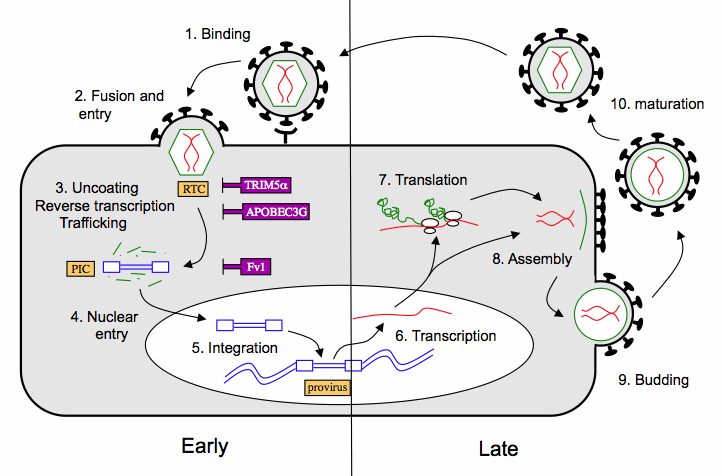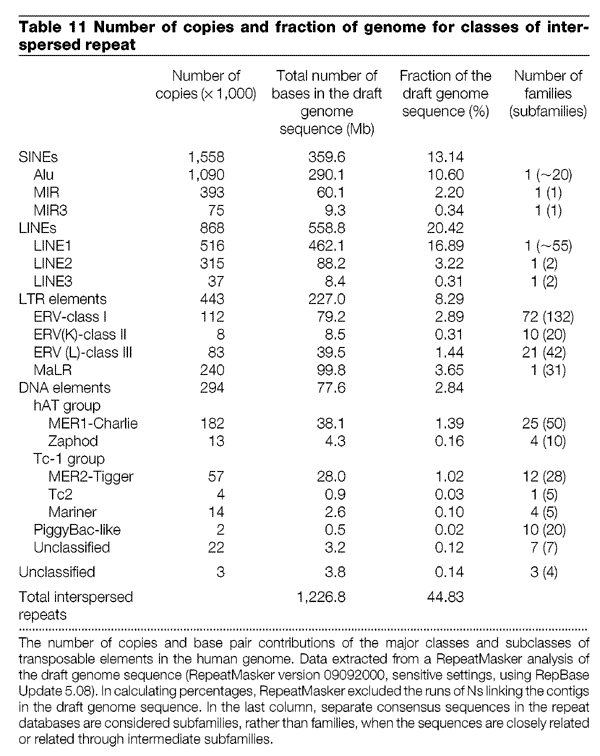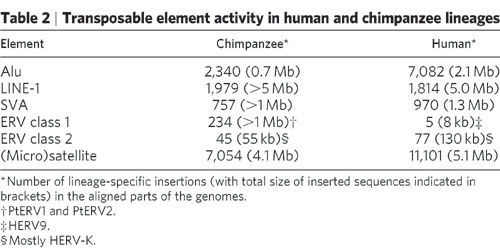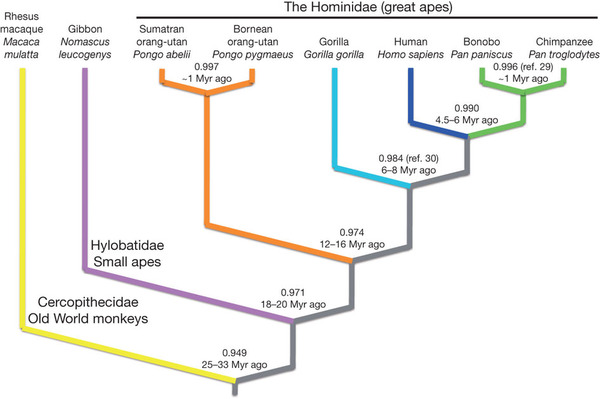I have seen several creationist arguments against the ERV evidence for shared ancestry between humans and other primates. I thought it would be best to address them all in one thread instead of sporadically in other threads where they are off topic.
The basic argument for common ancestry is that retroviruses insert all over the genome, so the chances of two retroviral insertions happening at the same base within a 3 billion base primate genome is quite low. Therefore, finding a high percentage of ERV's at the same location in two genomes means that those ERV's had to be inherited from a common ancestor since independent insertions would produce insertions at the same base only on very rare occasions.
One of the arguments I keep hearing is that some ERV's are functional. How does this even apply? Why can't ERV's have function while also being the product of a retroviral insertion in the genome of a shared ancestor? Why must those be mutually exclusive? Afterall, the retroviral genome already has function outside of the human genome. The long tandem repeats (LTR's) function as strong promoters that cause the host to make tons of RNA copies of the retroviral genome. The other genes in the retroviral genome also have different functions that can be co-opted through evolution.
The basic argument for common ancestry is that retroviruses insert all over the genome, so the chances of two retroviral insertions happening at the same base within a 3 billion base primate genome is quite low. Therefore, finding a high percentage of ERV's at the same location in two genomes means that those ERV's had to be inherited from a common ancestor since independent insertions would produce insertions at the same base only on very rare occasions.
One of the arguments I keep hearing is that some ERV's are functional. How does this even apply? Why can't ERV's have function while also being the product of a retroviral insertion in the genome of a shared ancestor? Why must those be mutually exclusive? Afterall, the retroviral genome already has function outside of the human genome. The long tandem repeats (LTR's) function as strong promoters that cause the host to make tons of RNA copies of the retroviral genome. The other genes in the retroviral genome also have different functions that can be co-opted through evolution.
Last edited:






